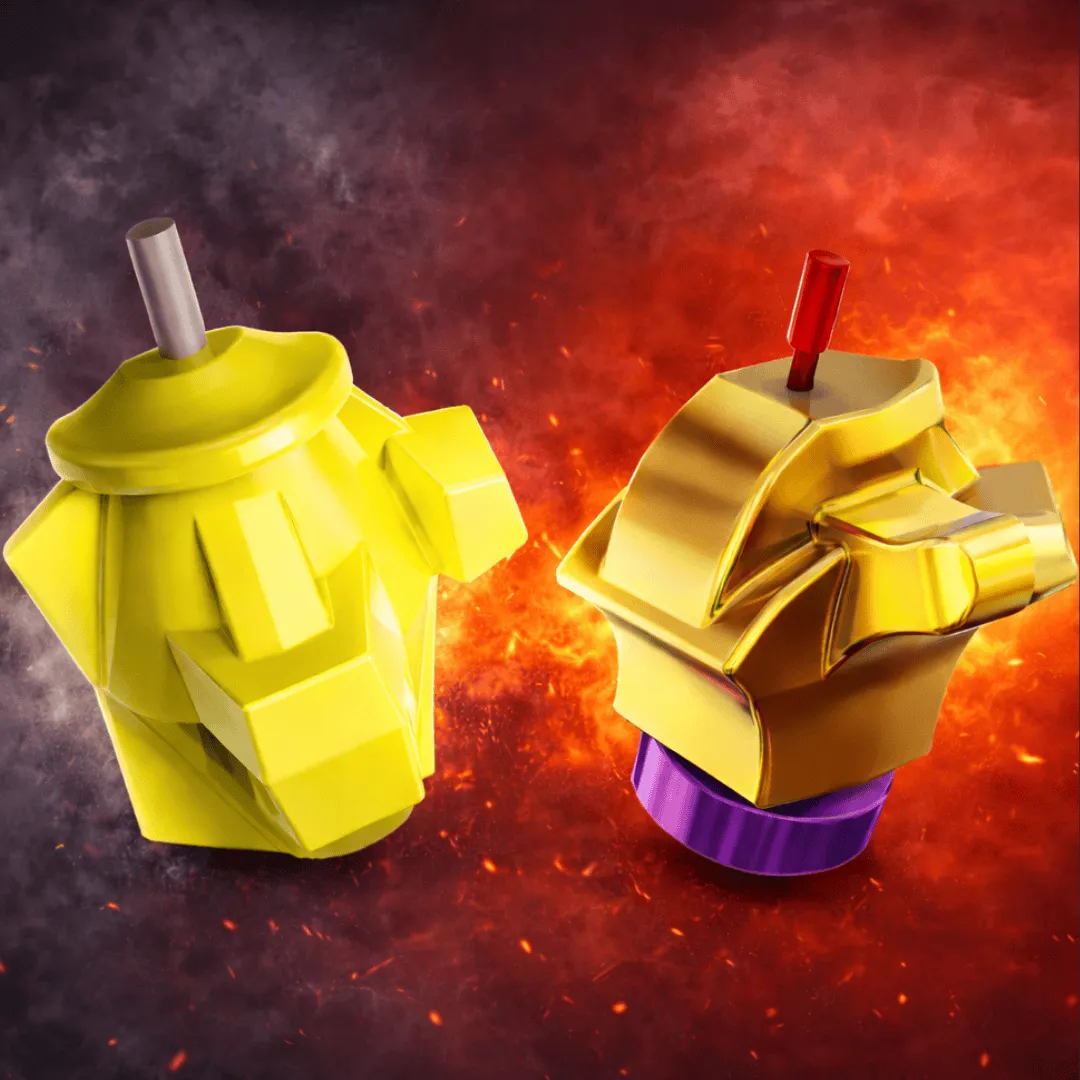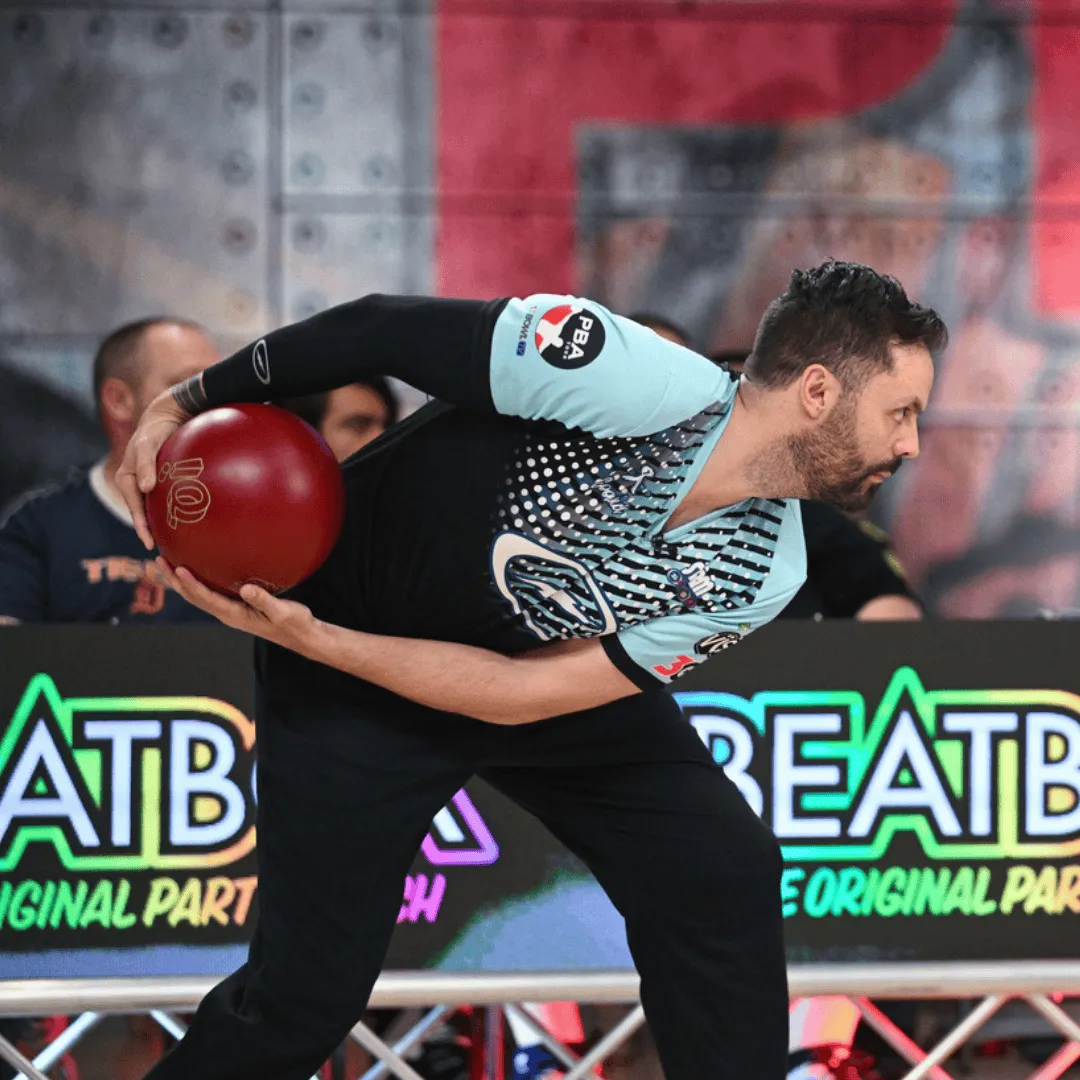After weeks of speculation and a formal review process, the United States Bowling Congress (USBC) has finalized its decision on urethane and other slow oil-absorbing bowling balls.
Back on July 23, USBC confirmed it was formally reviewing urethane equipment following growing concerns about fairness, lane conditions, and enforcement. That announcement included a public survey and input from manufacturers, fueling speculation about a possible ban.
Now, USBC has delivered its verdict. Beginning January 1, 2026, slow oil-absorbing high-performance balls will face strict new limits at national tournaments. In some events, they will be banned entirely; in others, only models manufactured at a minimum 78D hardness will be allowed.
Bowling ball makers had already anticipated change. In recent years, most major brands stopped releasing new urethane models, with Storm’s IQ Tour 78U (2023) and Hammer’s Black Pearl Urethane (2024) among the last on the market.
What’s Changing
- Hardness Standard: Beginning December 31, 2025, any slow oil-absorbing high-performance ball (the type that absorbs oil slower than 90 minutes and has a high-performance core) must be made at 78D hardness or higher to be approved for sale in the U.S.
- Older Models: All slow oil-absorbing balls made before August 1, 2022 are no longer allowed in national tournaments, even if they meet hardness requirements.
- League & Local Play: These balls will still be legal in leagues and local tournaments, unless an event organizer decides otherwise.
Tournament Rules (Starting 2026)
Banned Completely:
- U.S. Open
- USBC Masters
- All PWBA Tour events (including U.S. Women’s Open, Queens, Regionals)
- U22 Masters and Queens
- USBC Intercollegiate Nationals
- USA Bowling Nationals
Allowed Only if 78D Hardness:
- USBC Open Championships
- USBC Women’s Championships
- Bowlers Journal Championships
- USBC Senior Masters, Senior Queens, Super Senior Classic
- Youth Open Championships
Restricted Use - Junior Gold:
- 78D urethane balls allowed in qualifying only
- Not allowed in match play or finals
No Change:
Events like Team USA Trials, collegiate sectionals, Junior Gold qualifiers,
and several amateur competitions remain unaffected.
Why the Change?
USBC explained four main reasons behind the decision:
-
Lane Conditions - Slow oil-absorbing balls break down lane patterns faster, making them play differently than intended.
-
Fairness - Mixing urethane and reactive balls in the same event creates scoring imbalances between styles.
-
Player Development - Relying too heavily on urethane limits skill growth, especially for youth bowlers.
-
Integrity - These balls can soften over time, which has caused protests and accusations of tampering.
“These changes take positive steps toward addressing the issues related to athlete development, lane pattern integrity and competition equity,” said USBC Executive Director Chad Murphy.
Hardness Spot Checks Begin Immediately
USBC also confirmed it will begin hardness spot-check testing at national tournaments right away. While primarily for research and monitoring, the checks also give officials a tool to identify potential tampering and reinforce competitive integrity.
Ineligible Ball Lists
USBC has published two official lists of balls that are now ineligible for national events. The first applies to events where no slow oil-absorbing balls are allowed (like the U.S. Open and Masters). The second applies to events where they are allowed only if 78D hardness (like the USBC Open and Women’s Championships).
Some of the most notable models affected include:
- Storm Pitch Black
- Storm IQ Tour 78U
- Hammer Purple Pearl Urethane
- 900 Global Altered Reality
- Motiv Tank Rampage Pearl
These are among the most recognizable urethane and urethane-style balls in competitive play, and their removal from certain events will be immediately felt by both professionals and high-level amateurs.
The complete, regularly updated ineligible ball lists are available on BOWL.com.
What This Means for Bowlers
- If you bowl leagues or local tournaments, your urethane ball is still legal unless the organizer adopts these rules.
- If you compete in national events, you’ll need to carefully check whether your ball is allowed under the new rules.
- A number of popular urethane and urethane-like models will no longer be permitted at certain events, even if they were previously approved.
A Split Path Between U.S. and Europe
While USBC is tightening restrictions on urethane, Europe is moving in the opposite direction. On August 18, the European Bowling Federation (EBF) announced that the 78D hardness rule will be dropped starting with the 2026 European Bowling Tour (EBT) season and the 2025–26 EBT Youth season.
That decision means any ball on the USBC/IBF Approved Ball List can be used at EBT stops. Importantly, balls such as the Hammer Purple Pearl Urethane and Storm Pitch Black remain on the Approved List, even though they are restricted at certain USBC national tournaments beginning in 2026.
In practice, this creates a clear split:
- In the U.S.: Balls like Purple Hammer and Pitch Black are approved for general use but banned in national events such as the U.S. Open and Masters.
- In Europe: As long as the ball is on the Approved List, it will be allowed at all EBT events, unless the tournament is officially sanctioned as part of the PBA Tour.
The contrast highlights a growing divide in global governance. For bowlers competing internationally, it means the same ball could be disallowed at a USBC national tournament yet fully legal on the European tour.
The Bottom Line
The ruling marks one of the most significant changes to bowling ball regulations in recent years. While reactions will be mixed, USBC believes the new standards will preserve lane conditions, level the playing field, and encourage more versatile skill development.
Read a full USBC Report on Bowling Ball Hardness Governance.
For complete details, FAQs, and the full ineligible ball lists, visit BOWL.com.




